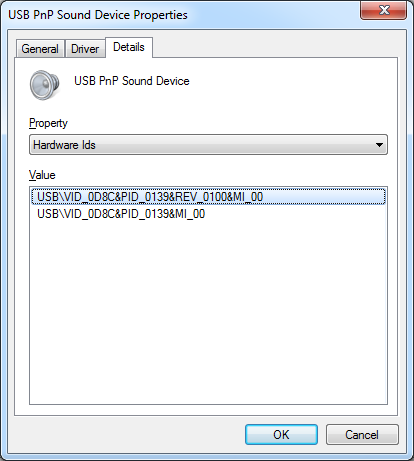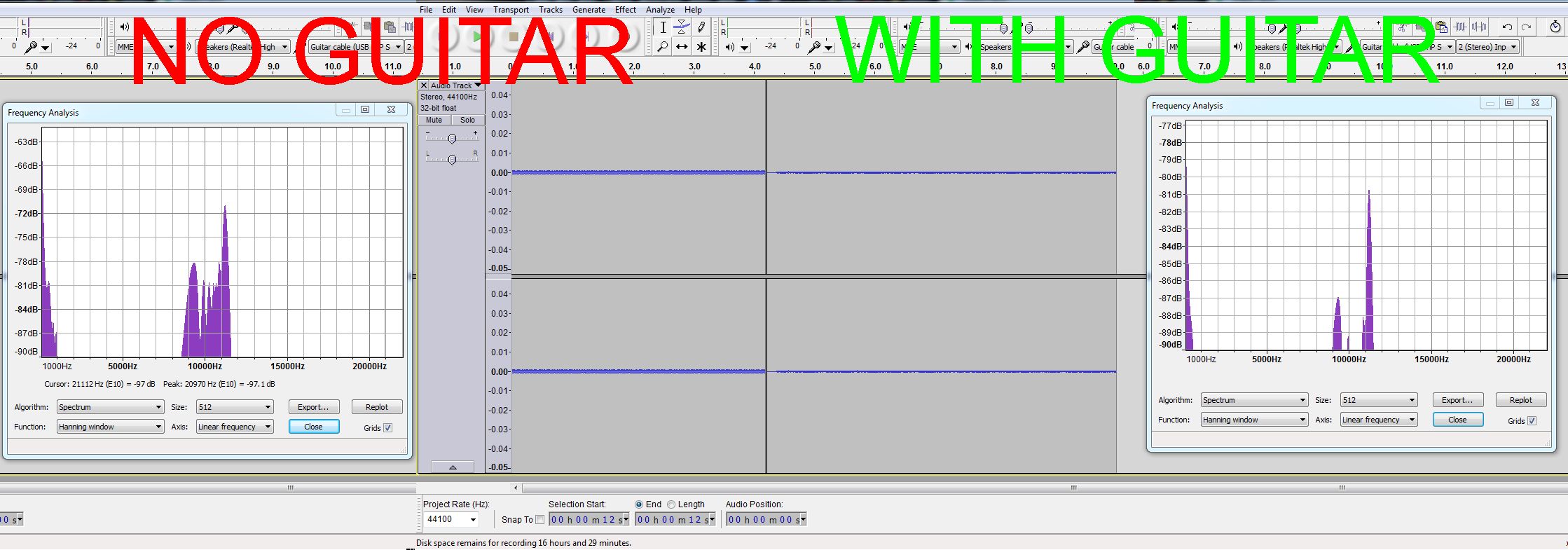I have an ultrabook Asus Zenbook and found out it doesn’t have an audio input jack, so I can’t connect my guitar to it. I had to invest in some USB guitar link adapter.
Buy cable
The cheapest come in two main flavours. The first one is a box with a 1/4″ input and a 1/4″ output, and it is in fact a Chinese knock off product, of a Behringer product. This one didn’t really appeal to mean as it requires an additional connection – that cable between the guitar and the box, and also many owners complained about terrible noise this device adds to the sound. Another one is probably a genuine Chinese creation and first, it’s a complete single USB to guitar connection, and it also has many positive reviews praising the sound quality. Well, let’s get one. The package arrived surprisingly fast. The adapter is 3 meters long, and I especially liked the very soft cable. The soldering is not perfect, but decent enough. The only fundamental issue I have about this product is that it would be far better sound quality wise to place the electronics right after the guitar output, and extend not the analog sound signal, susceptible to static, but the digital USB signal, which is completely noise-proof. The USB standard guarantees up to 5 meter long connections. But, well, this is another example of famous Chinese economy since you need only two wires to transmit mono guitar output, while a 5 meter long USB connection requires 4 quality thick copper wires shielded by yet another one. But what’s inside that USB adapter?

Well, the manufacturer is not detected in Windows, however judging from the ID its a C-Media sound chip. And now the most intriguing question: does it support ASIO? Cause without ASIO the latency lag will be enormous, putting an end to dreams to use it with real-time guitar processor software. So let’s install ASIO4All and see for ourselves. Yes, the adapter does support ASIO. Pay attention to the stereo audio out, which is not wired on the board itself. This leads to unpleasant ideas that this device and that bad one I talked about earlier, actually are based on the same sound chip, and it’s basically an external USB sound card. By the way let’s check noise level.

It’s actually acceptable. So, how do you use it in Guitar Rig, Amplitube and other guitar software like that, as by default, they output sound to the same device you input it, and our adapter doesn’t have audio out wiring. Well, that’s easy. In ASIO driver properties, enable audio in of the USB adapter, and audio out on your preferred sound card. Mirror this settings in your software options, I personally prefer Amplitube, and viola. Rock it! The latency is close to zero, I can’t notice it.
Well, talking about latency, I would also show how to use this cable to play Rocksmith instead of the official, ridiculously overpriced adapter. First, you need to patch the game. I used a patch that replaces these files. Next, you must disable all sound outputs and inputs, leaving only one in both categories. In this case, enable the guitar link as input, and your soundcard as output. That’s it, you are ready to play. Even tuning works fine. The lag is very noticeable, I guess it’s around 30ms or so. To be fair, the game adjusts for the latency so it doesn’t really affect your results. However, if you find the lag annoying, you may try to patch the game to use wavert. Wavert is like orthodox ASIO, but it’s made by Microsoft, and that’s why born to be ugly.